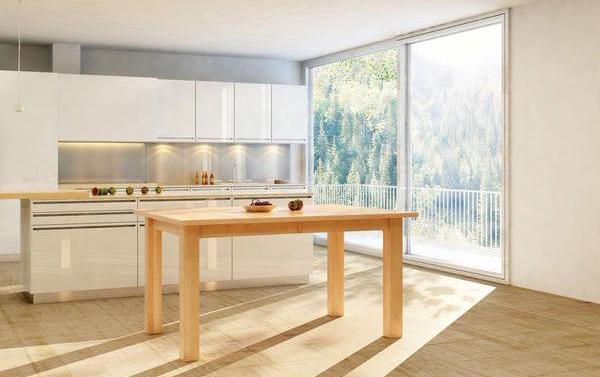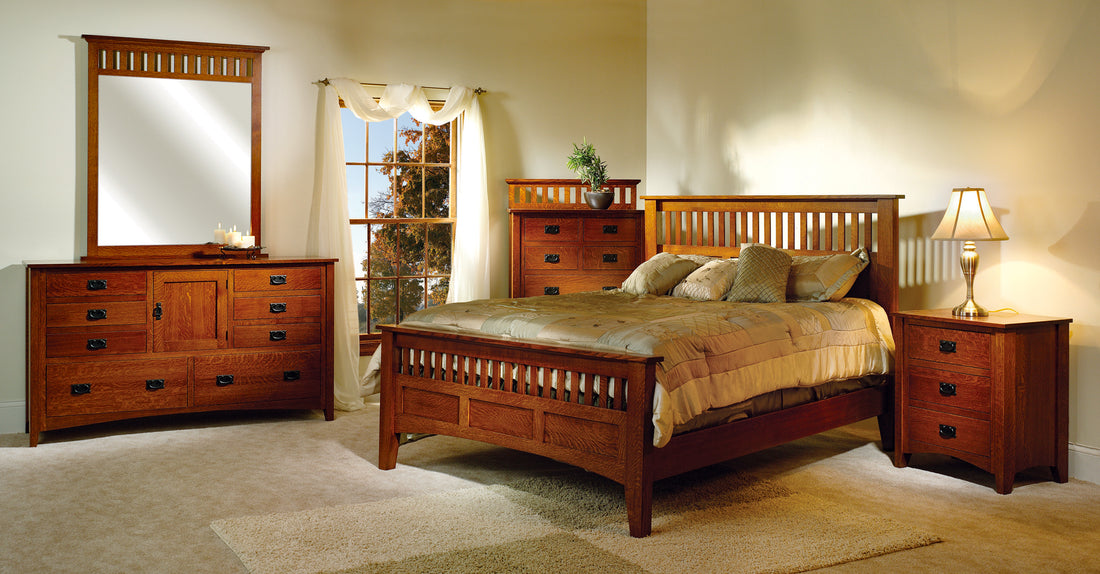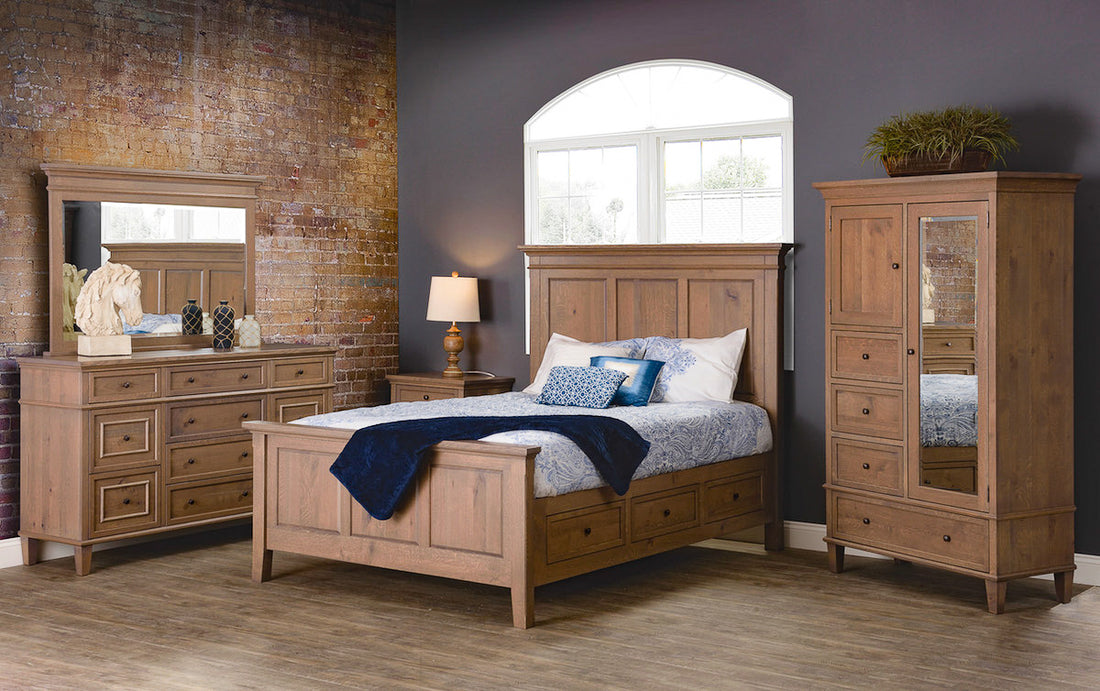Creating Layered Lighting
Layer Your Lighting to Create Beauty & Function
Lighting is one of the least expensive yet best ways to add variety, interest and function to any room but is often an overlooked element in room design. Lighting a room to be as bright as the sun on a clear summer day may provide ample light but does nothing add visual interest to the room, hide flaws, or create ambiance. Well lit rooms display some key elements that create interest, add variety, and perform tasks.
Function
Before you begin to light any room you should ask yourself some key questions; What is the purpose of this room? To eat, relax, read, study, perform tasks? Who will use this room? Is this a den for study to be used by adults, or a children’s activity room, or will Grandma be moving into the spare room? When will this room be used? During the day? Early morning? Evening? Will I watch TV in the room? If so, what natural light entering the room may create television glare? Hopefully, by now you get the idea to ask yourself some key design questions before moving forward.
Style
Be sure to consider the rooms style before purchasing your lighting. Is this a traditional room with rugs, wood & stone elements, and traditional seating? If so, you will want to consider more traditional lighting such as lamps, sconces and hanging overhead lighting. If the room is more contemporary you may be better served with recessed can lighting or LED lighting.
Lighting Types
According to the American Lighting Association there are three principle lighting types: Ambient, Task and Accent. Let’s explore each type
Ambient
Ambient light provides your room with overall illumination and is also known as general lighting. It often provides the emotional foundation for the room. Consider a room with large windows that faces the east. Such a room can elicit a variety of feelings that are both weather dependent, is it blue skies and sunshine, or cloudy and overcast? And time of day dependent. Consider your lighting needs in all conditions and create a central source of light that illuminates the space evenly for good fundamental design.

Notice how the natural light both highlights the brick wall, and adds visual interest by creating a geometric shape due to the angle of the sun during daytime hours. Also, note the task lighting is within arms reach for when Felix the Cat decides to read a book.
A quick rule of thumb to determine your ambient lighting is to take the total square footage of your room and multiply by 1.5 to determine the total wattage needed to provide adequate ambient light for your room. Example: If your room is 15x15 = 300 square feet / 300 x 1.5 = 450 total watts needed.
Task Lighting
Just as it sounds, task lighting helps you perform specific tasks. Are you writing checks in the home office? Reading? Cooking? Will the kitchen table double as a homework desk after dinner? Task lighting should be bright enough to perform the task without creating eye-strain and be free from glare. It should cast a pool of light double the rooms ambient light and is generally placed in front of the task to avoid shadows. Examples of good task lighting include under-mount kitchen cabinet lights, desk lamps, or pendant lighting that is hung over a specific task area, a sink for example.
Accent Lighting
Accent lighting is your opportunity to showcase elements in your home that are meaningful to you. Is it an artwork, treasured family portrait, an interior brick wall, sculpture or other interesting texture or prized possession? Accent lighting is your chance to add drama, variety and visual interest to any room.

The traditional room on the left uses both reading room task lights placed behind the sofa, and accent lighting to showcase the owners book collection.
According to the American Lighting Association accent lighting requires at least three times as much light on the focal point as the general light surrounding it. Track lighting, a directional recessed can light, or wall mounted picture lights are considered good lighting methods for accent lighting.
Using these techniques to create layered lighting will add warmth, visual interest, and functional utility to any home.







